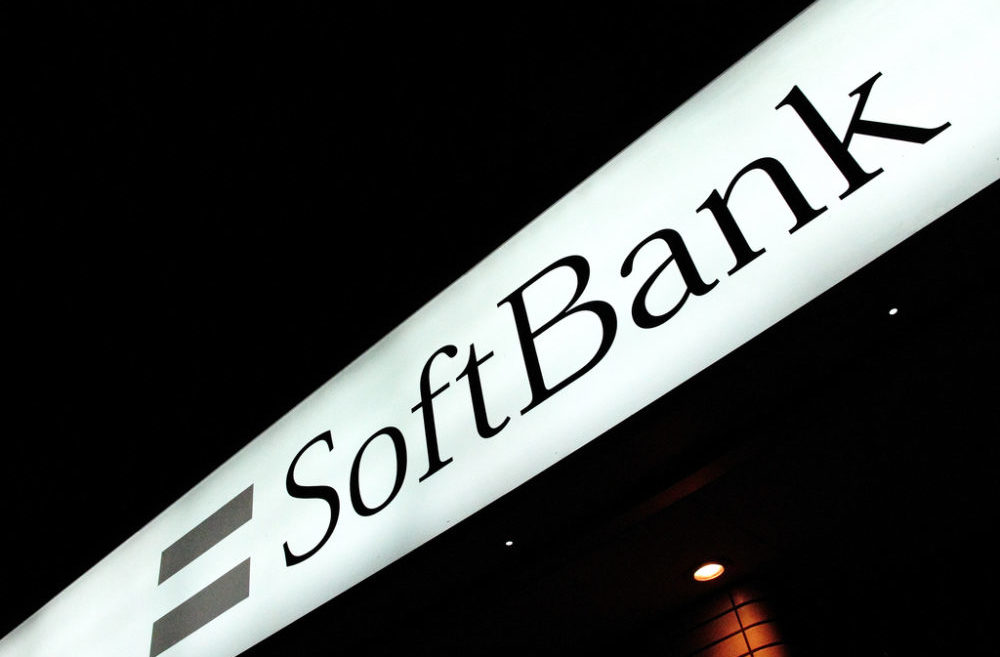Alibaba has clocked a decent performance in an otherwise tough quarter. While its growth remained flat for the first time, it managed to beat analyst expectations for its performance in the second quarter of the year. This comes amid a possible de-listing from US stock exchanges.
For the quarter ended June 30, 2022, the Hangzhou-headquartered Alibaba pocketed $30.69 billion in revenue (RMB205.55 billion), exceeding the ¥204 billion estimated by analysts. Its dilute earnings per ADS and earnings per share (EPS) came at $1.27 (RMB8.51) and $0.16 (RMB1.06) respectively. These are year-over-year (YoY) decreases of 48% each.
Another major decrease (the biggest for Alibaba in Q2 2022) was in its net income, which took a hit and clocked a YoY decrease of 53% from RMB45.14 billion in Q2 2021 to RMB22.74 billion in the previous quarter.
Alibaba’s shares rallied to rise by 5.15% in trading before the bell to reach 95 HKD, which is still far lesser than its all-time high it reached in 2020.
Other financial performances in the second quarter include a YoY drop of 19% in income from operations to $3.72 billion (RMB25 billion) and a growth of 1% in net cash provided by operating activities to $5.05 billion (RMB33.8 billion).
“Despite the challenges posed by the COVID-19 resurgence, we delivered stable revenue performance year-over-year. We have narrowed losses in key strategic businesses given ongoing improvements in operating efficiency and increasing focus on cost optimization,” said Toby Xu, Chief Financial Officer of Alibaba Group.
These are impressive numbers, especially since the June quarter was an exceedingly tough one for Chinese giants. The months of April and May saw tough times as the Chinese government initiate citywide lockdowns to combat the spread of the Omicron variant, resulting in cities such as Shanghai pulling down shutters to bring about supply chain disruptions. Things changed as lockdowns were lifted and businesses resumed proper operations in June, enabling companies such as Alibaba to beat analyst estimates.
Reviewing the performance of Alibaba’s segments, we find that its China commerce retail business (such as Taobao, Tmall, Taobao Deals, Taocaicai, and Freshippo) fell by 2% YoY to reach $20.45 billion (RMB137 billion). Under this, revenue from direct sales and others grew by 8% YoY to reach $9.6 billion (RMB64.7 billion).
However, its wholesale business (which includes 1688.com) registered an annual growth of 26% to reach $740 million (RMB4.95 billion), and Alibaba attributed this growth to increased revenue from new duty-free wholesale business and value-added services to paying members.
It also raked in $2.64 billion (RMB17.7 billion) in its Cloud segment, a YoY increase of 10%, while revenue from its Digital media and entertainment arm fell by 10% annually to $1.08 billion (RMB7.2 billion).
“During the past quarter, we actively adapted to changes in the macro environment and remained focused on our long-term strategy by continuing to strengthen our capability for customer value creation,” said Daniel Zhang, Chairman and CEO, Alibaba Group.
“Following a relatively slow April and May, we saw signs of recovery across our businesses in June. We are confident in our growth opportunities in the long term given our high-quality consumer base and the resilience of our diversified business model catering to different demands of our customers,” he added.
The Tech Portal is published by Blue Box Media Private Limited. Our investors have no influence over our reporting. Read our full Ownership and Funding Disclosure →






